 |
St. Lawrence's Church on a cold January day in the early
1970s. |
| A contrasting view of St. Lawrence's Church on a warm
summer's afternoon in the early 1980s. |
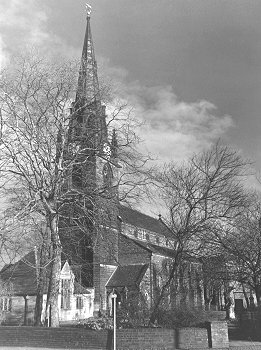 |
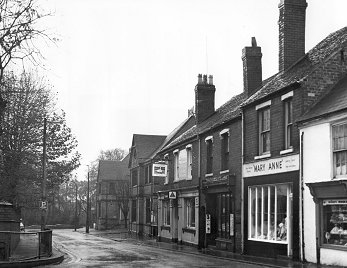 |
Victoria Road in 1970, a scene that's hardly changed. On the
right is "Robin Wools" and next door is Mary Anne's drapery shop.
On the left is a confectioner's and then The Swan pub and the
Town Hall. |
| Building Leys Court flats in the mid 1970s. |
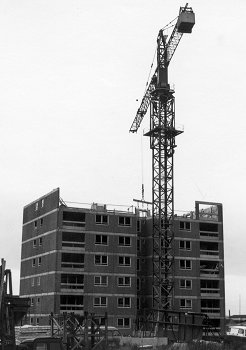 |
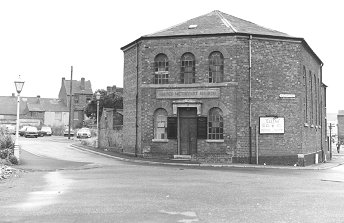 |
The United Methodist Church, Great Croft Street in 1970.
The church would soon be demolished to make way for the new bus
stops that were part of the original ASDA development. |
| The Bradford Arms in Bilston Street, known locally as "The
Frying Pan. |
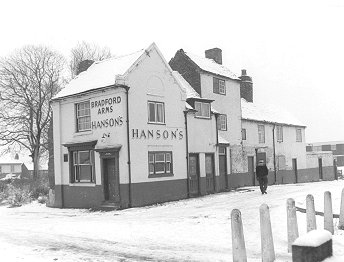 |
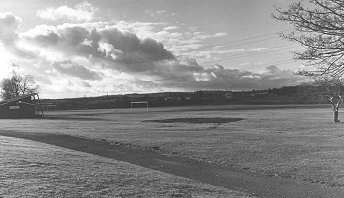 |
The playing fields and changing rooms in George Rose Park in
the late 1970s. At that time the horizon was still filled with
chimneys. In the distance is Bilston steelworks. |
| Pat Collins' fair frequently came to Darlaston and could be
found on the patch of ground known locally as "The Wake Field".
This photograph from the early 1970s shows the fair in progress
and also a factory chimney, something of a rarity today. The
chimney was part of G.B. Longmore's Mill Street works. |
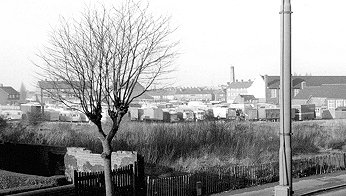 |
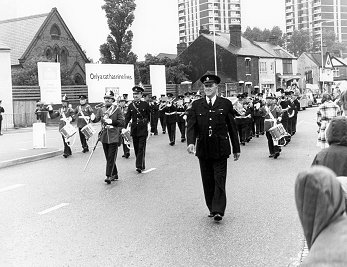 |
The annual Darlaston carnival usually took place on the
second Saturday in July. The procession usually started in
Richards Street and proceeded into The Green, along Midland
Road, Willenhall Street, and Rough Hay Road into Blockall. From
there the route went along Church Street, King Street, Pinfold
Street and along Wolverhampton Street to George Rose Park where
all kinds of events were held. |
| Highly decorated lorries were provided for the procession by
many of the local companies and events included show jumping,
wrestling, model aircraft displays, jazz bands, dancing
displays, judo demonstrations, exhibitions of
cage birds, five-a-side matches, and a tug of war.
The
photograph opposite is believed to be from the 1976 parade and
shows Carnival Queen Joy Walters and her attendants; Jayne
Cassidy and Elaine Padmore. |
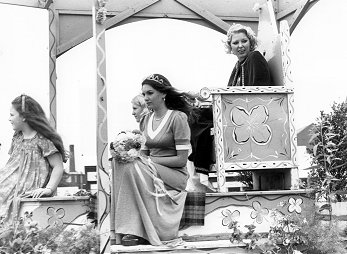 |
 |
|
 |
Return
to
Moxley Road |
|
Return
to
the beginning |
|